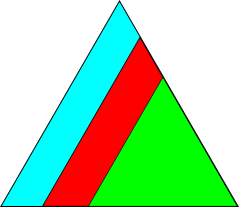Related projects#
This is a non-exhaustive list of related, open-source projects that users of orix might find useful:
pyxem: Python library for multi-dimensional diffraction microscopy. pyxem depends on orix for handling of crystal orientations.
diffsims: Python library for simulating diffraction. diffsims depends on orix for orientation sampling and handling of crystal orientations and directions.
kikuchipy: Python library for processing and analysis of electron backscatter diffraction (EBSD) patterns. kikuchipy depends on orix for orientation sampling and handling of crystal orientations and directions.
MTEX: MATLAB toolbox for analyzing and modelling crystallographic textures by means of EBSD or pole figure data.
DefDAP: Python package for correlating EBSD and high-resolution digital image correlation data.
numpy-quaternion: Python package that adds a built in quaternion data dtype to numpy. orix depends on numpy-quaternion for quaternion multiplication.
texture: Python scripts for analysis of crystallographic texture.
pymicro <https://pymicro.readthedocs.io>`_: Python package to work with material microstructures and 3D data sets.
DREAM.3D <https://dream3d.io/>`_: C++ library to reconstruct, instatiate, quantify, mesh, handle and visualize multidimensional (3D), multimodal data (mainly EBSD orientation data).
